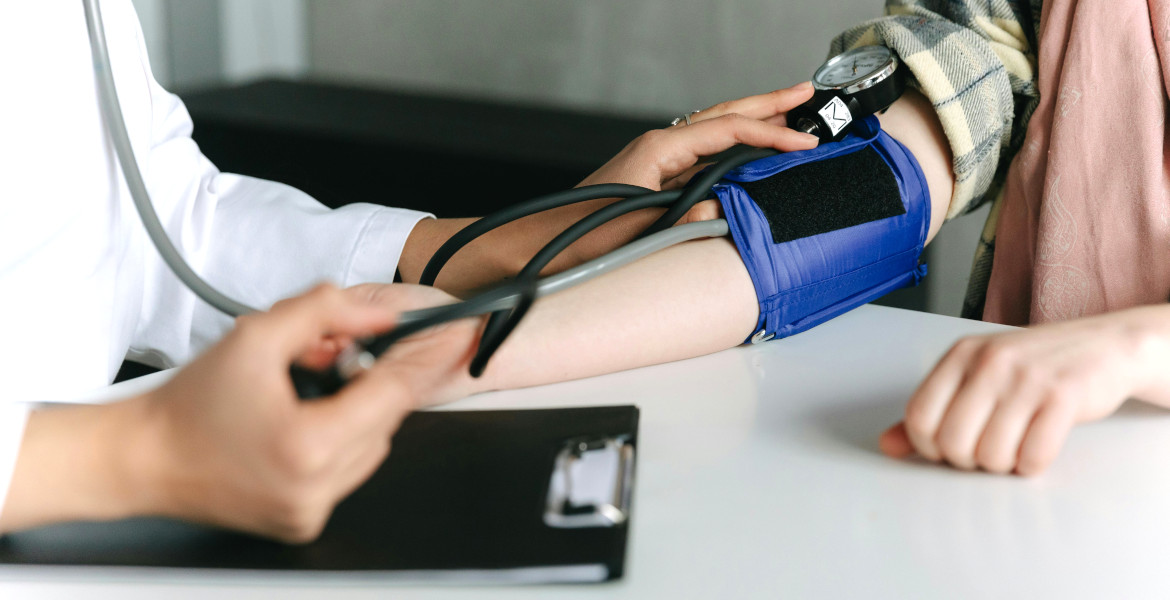Every other person with high blood pressure lacks knowledge of their diagnosis. Therefore, new national guidelines are now being developed.
High blood pressure, or hypertension, is very common and it is estimated that nine out of ten Swedes will be affected by it at some point during their lifetime. Having high blood pressure means a higher risk of heart attack and stroke, among other conditions.
Today, approximately three million Swedes are estimated to suffer from it, but half don't know about it. Women run a higher risk of being affected by cardiovascular diseases linked to lower blood pressure levels compared to men, yet despite this, 40 percent of women aged 35 to 49 are unaware of their blood pressure values, according to a report from the Swedish Heart-Lung Association earlier this year.
One in three Swedes don't know their values, something that Mattias Brunström, associate professor of epidemiology at Umeå University in northern Sweden and chairman of the national working group for hypertension, believes needs to change.
— If we could catch more people, we would avoid 30,000 cases of heart attack, stroke and heart failure in Sweden annually, he tells TT.
New guidelines
New guidelines will be presented in Sweden during the autumn. Today, the so-called blood pressure target is 140/90 mmHg (millimeters of mercury), but will be lowered to 130/80.
— It's important to clarify that we're not changing the threshold for what constitutes high blood pressure. What's changing is that blood pressure should be treated to lower levels than today, says Brunström, who has been involved in developing the new guidelines.
Furthermore, doctors will also be recommended to prescribe two medications directly to be able to lower blood pressure faster.
High blood pressure rarely has any symptoms, which is why many people walk around with it without knowing about it. However, one can experience symptoms such as headaches and fatigue, but the only way to be sure is to regularly check your blood pressure.
The Swedish Heart-Lung Association recommends that people under 40 check their blood pressure at least every three years, and thereafter should do so annually.
— Through regular check-ups, one can detect early the need for support for lifestyle changes, medical treatment, or both, says Anders Åkesson, chairman of the Swedish Heart-Lung Association, in a press release.






